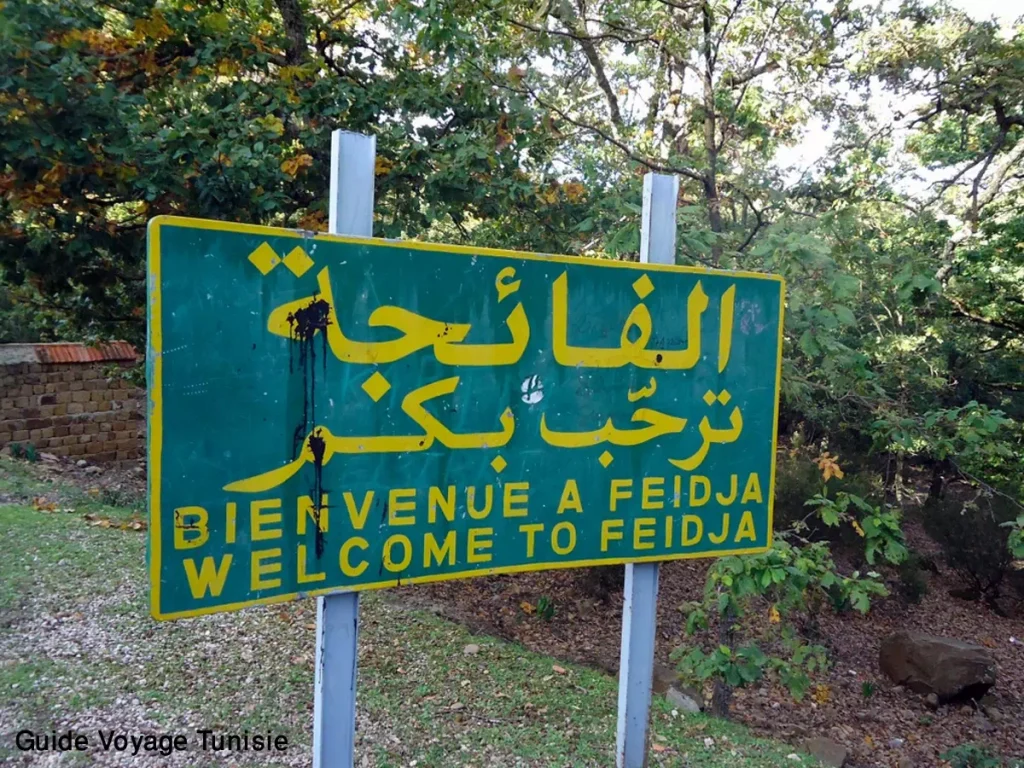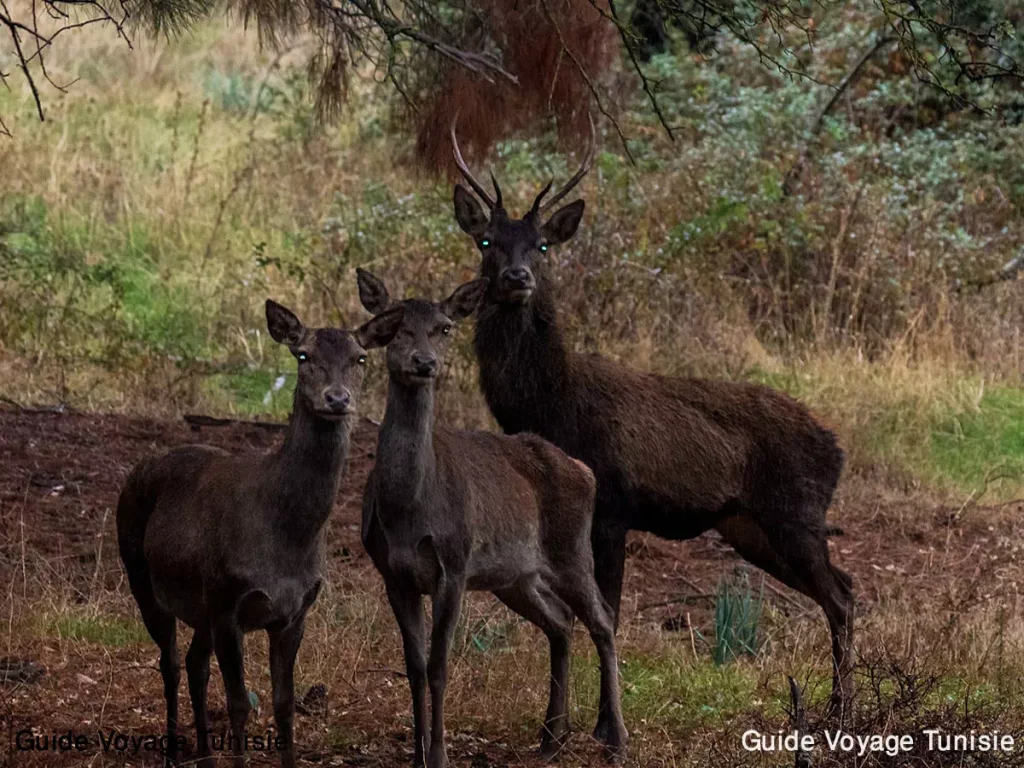El Feija Natioanal Park
El Feija National Park is located about 200 kilometers west of Tunis and covers a total area of 2,632 hectares, 417 hectares of which constitute a fenced integral protection zone intended for the preservation of the deer of Barbarity.
It represents the natural environment of Kroumirie which is the wettest region of Tunisia.
It constitutes a fenced integral protection area intended for the preservation of the Barbary deer, which can be observed in the clearings early in the morning or at sunset; its weight can reach 180 kilos and its height at the withers 1.4 m. It is in August and September that the slab takes place: the males then fight for the possession of the deer.
The fauna of the park is very varied: there are more than twenty species of mammals, 70 species of birds and about twenty species of reptiles.
Among the characteristic mammals of the park’s fauna are the Barbary deer, wild boar, golden wolf, fox, genet, European weasel, hedgehog, gloved cat, mongoose, hare, porcupine, bat, shrew, dormouse or wood mouse. A serval reintroduction project was initiated in the early 1990s.
Among the large fauna that has disappeared from El Feija and all of Tunisia, we can mention the Atlas lion and the Barbary panther. Some bibliographical references indicated the presence of deer there, their disappearance is attributed to the excessive hunting practiced among others by the French colonists.
Typical forest birds in the park are Levaillant’s Woodpecker, Chaffinch, Eurasian Jay, Cuckoo, Eurasian Hoopoe, Wood Pigeon, Hobby, Owl, Owl, Common Raven, the booted eagle, the hawk, the warbler, the blackbird, the bunting or even the canary.
On May 28, 2008, the Tunisian government proposed the site for future classification on the UNESCO World Heritage List.
El Feija National Park in pictures

